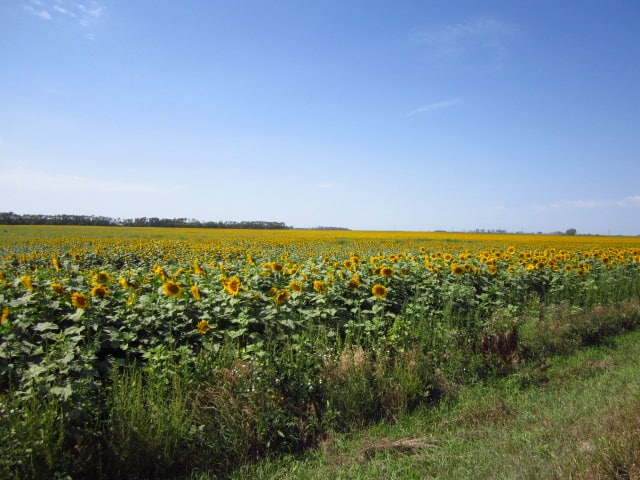The past few months I have been trying to capture honey bees that are infected with Phorid Flies in the Chico, CA area. So what is a Phorid Fly? It is a fly commonly referred to as the humpback-fly because of its appearance. Previously the fly was known to parasitize bumble bees and paper wasps but has now transferred host and is able to reproduce using the honey bee (Apis mellifera). It has been termed the “Zombee” because once parasitized, the honey bee behaves irregularly, taking flight at night and dying away from the hive. More information on this name and the fly can be…
Month: August 2012
Beekeeper Reports
It’s incredible how fast time can pass when you are enthralled in something new and exciting. I have been in California for more than a year and it seems like yesterday that I was standing in my parent’s driveway saying good bye to my mom, dad, and brothers as Rob and I loaded up his car for our move out west. A lot has happened in a year and making the move to the west coast has been one of the most eye opening experiences of my life. It’s been challenging, rewarding, frustrating, and fun but most importantly it’s given me the opportunity to grow…
Spotlight on Gum Plant
North Dakota landscapes, both farmed and fallow, are golden-hued with the onset of sunflower, goldenrod and gum plant bloom. These three plants belong to the family Asteraceae, commonly called the Aster or Sunflower Family. While sunflower and goldenrod are well-known late summer sources of forage, gum plant also provides a source of nectar and pollen for bees. Native to North America, Grindelia species occur throughout the lower forty-eight with the exception of the southeastern states. Grindelia squarrosa, or curlycup gum plant, occurs in Great Plains rangeland and is the most wide-ranging species in the genus Grindelia. G.squarrosa is a biennial or short-term perennial with peak…
Antlions (Myrmeleontidae)
Previously I wrote a blog about an insect known as a “Wormlion.” I suspected this insect to be an Antlion at first. I then figured that not many people knew what an Antlion was so I figured I would blog about them. Antlions are in the order Neuroptera which in English translates into “nerve-wings.” An Antlion is the larval stage of the insect; these are also referred to as “doodle-bugs.” They call them doodle-bugs because when you place these insects on sand or loose dirt, they will crawl backwards making a distinguishable trail and eventually burrow down into the medium. In the wild you can…
